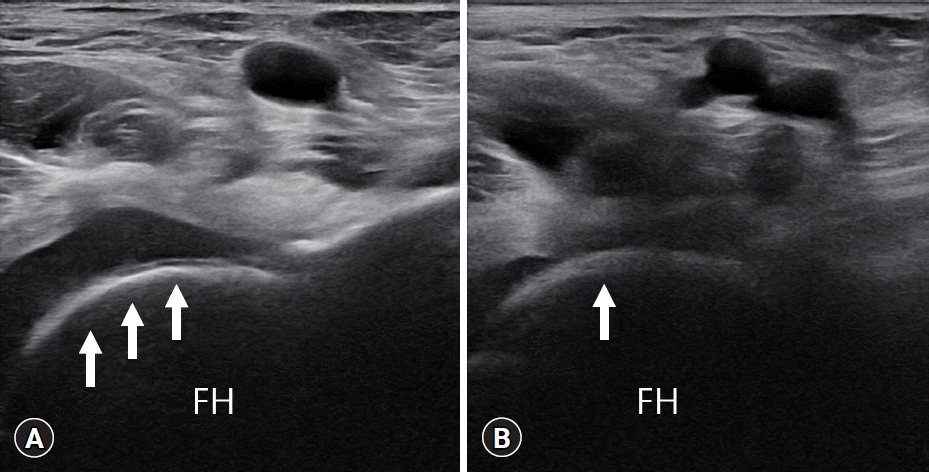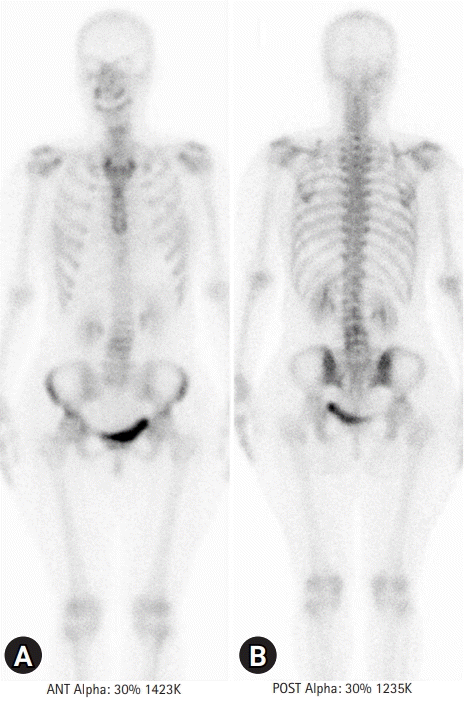1. Mathews CJ, Weston VC, Jones A, Field M, Coakley G. Bacterial septic arthritis in adults. Lancet. 2010; 375:846–55.
2. Tseng CC, Wu CD, Lin WT, Chan HT, Chen PY. Acute septic arthritis caused by Klebsiella pneumoniae. Formos J Musculoskelet Disord. 2013; 4:51–2.
3. Schelenz S, Bramham K, Goldsmith D. Septic arthritis due to extended spectrum beta lactamase producing Klebsiella pneumoniae. Joint Bone Spine. 2007; 74:275–8.
4. Chee YC, Lim CH. Klebsiella pneumoniae sacroiliac septic arthritis: first case report. IDCases. 2018; 14:e00459.
5. Kaandorp CJ, Van Schaardenburg D, Krijnen P, Habbema JD, van de Laar MA. Risk factors for septic arthritis in patients with joint disease: a prospective study. Arthritis Rheum. 1995; 38:1819–25.
6. Nade S. Septic arthritis. Best Pract Res Clin Rheumatol. 2003; 17:183–200.
7. Frank G, Mahoney HM, Eppes SC. Musculoskeletal infections in children. Pediatr Clin North Am. 2005; 52:1083–106.
8. Geirsson AJ, Statkevicius S, Víkingsson A. Septic arthritis in Iceland 1990-2002: increasing incidence due to iatrogenic infections. Ann Rheum Dis. 2008; 67:638–43.
9. Ohl CA, Forster D. Infectious arthritis of native joints. In : Mandell GL, Bennett JE, Dolin R, editors. Mandell, Douglas, and Bennett’s principles and practice of infectious diseases. 6th ed. Philadelphia: Elsevier;2005. p. 1302–17.
10. Chew LC. Septic monoarthritis and osteomyelitis in an elderly man following Klebsiella pneumoniae genitourinary infection: case report. Ann Acad Med Singap. 2006; 35:100–3.
11. Barton LL, Dunkle LM, Habib FH. Septic arthritis in childhood: a 13-year review. Am J Dis Child. 1987; 141:898–900.
12. Lee HC, Chuang YC, Yu WL, Lee NY, Chang CM, Ko NY, et al. Clinical implications of hypermucoviscosity phenotype in Klebsiella pneumoniae isolates: association with invasive syndrome in patients with community-acquired bacteraemia. J Intern Med. 2006; 259:606–14.
13. Hsieh PF, Lin TL, Lee CZ, Tsai SF, Wang JT. Serum-induced iron-acquisition systems and TonB contribute to virulence in Klebsiella pneumoniae causing primary pyogenic liver abscess. J Infect Dis. 2008; 197:1717–27.
14. Stutz G, Kuster MS, Kleinstück F, Gächter A. Arthroscopic management of septic arthritis: stages of infection and results. Knee Surg Sports Traumatol Arthrosc. 2000; 8:270–4.
15. Goldenberg DL, Brandt KD, Cohen AS, Cathcart ES. Treatment of septic arthritis: comparison of needle aspiration and surgery as initial modes of joint drainage. Arthritis Rheum. 1975; 18:83–90.
16. Coakley G, Mathews C, Field M, Jones A, Kingsley G, Walker D, et al. BSR & BHPR, BOA, RCGP and BSAC guidelines for management of the hot swollen joint in adults. Rheumatology (Oxford). 2006; 45:1039–41.
17. Goldenberg DL. Septic arthritis. Lancet. 1998; 351:197–202.
18. Abdelnour A, Arvidson S, Bremell T, Rydén C, Tarkowski A. The accessory gene regulator (agr) controls Staphylococcus aureus virulence in a murine arthritis model. Infect Immun. 1993; 61:3879–85.
19. Shirtliff ME, Mader JT. Acute septic arthritis. Clin Microbiol Rev. 2002; 15:527–44.
20. Morgan DS, Fisher D, Merianos A, Currie BJ. An 18 year clinical review of septic arthritis from tropical Australia. Epidemiol Infect. 1996; 117:423–8.





 PDF
PDF Citation
Citation Print
Print




 XML Download
XML Download